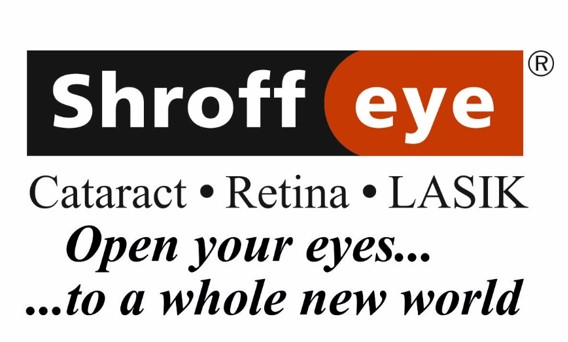Shroff Eye Hospital is India's First Eye Hospital accredited by the Joint Commission International (USA) since 2006. Shroff Eye is also India's first and only Wavelight Concerto 500 Hz LASIK center. Shroff Eye has stood for excellence in eye care since 1919. A firm commitment to quality is at the heart of all services provided at our centers at Bandra(W) and Marine Drive, Mumbai.
School begins usually at the age of 5 or 6 years for most children. At this age, children are vulnerable to develop common eye problems like myopia or hyperopia and even astigmatism.
It is only in the case of astigmatism that corrective surgery is recommended. PRK and LASIK are well known and trustable laser surgeries used to correct astigmatism, myopia or hyperopia. But taking into consideration the young age of the child, surgery is not at all recommended, and only corrective lenses are prescribed.
Most eye doctors recommend that parents take their ‘preschool’ children for eye exams and eye tests before they enter school, so as to make sure that they do not encounter any problems while learning. It is necessary to diagnose all eye problems, if any, in a preschool child so that vision defects or disabilities do not lead to learning disabilities. Visual acuity tests are conducted usually at 3 years of age for children. At age 5, possibly just before the child begins to attend school, vision and eye alignment is tested by a pediatric ophthalmologist.
Pediatric Ophthalmologists usually recommend that any child must undergo eye tests between 6 months of age and 3 years of age. The frequency of eye tests after age 3 is recommended to be every 2-3 years. Children who have already been prescribed eye glasses or contact lenses are expected to undergo eye tests on a yearly basis.
In the case of myopia, hyperopia and astigmatism, they are 3 of the most common eye problems that can occur in pre-school and school-going children. Fortunately, in the case of all 3 eye disorders, they can be corrected with the use of prescribed eye glasses or contact lenses.
Need for Good Vision in School
Before we move on to explain the vision problems that can occur in a school child, it is important that we stress on the need for good vision, clarity, and sharp visual acuity in school children.
Vision is essential to learning. In school, it is a known fact that 80% of the learning a child does is through his or her eyes. This proves that vision needs to be clear and pure in a school-going child so that he or she may learn to his/her best ability.
As a child progresses through each class, the textbooks become bigger; the content is much more extensive. The print in these textbooks also becomes smaller; learning depends wholly on reading and understanding soon. The stress that the child’s eyes undergo can be tremendous, and continuous and close reading of books or even small print can lead to eye problems. Reading in poorly lit conditions is also a mistake often committed by children, and this can lead to eye disorders as well.
Vision Problems in School Children
Signs such as squinting, rubbing of the eyes, headaches, sensitivity to light, reading or viewing objects closely, constant tilting of the head, excessive tearing, and inconsistency while reading or following other readers are known to be sure indicators of the rise of eye problems and vision impairments that can be noticed in school.
Usually, it is the teacher that first notices a student’s disability or difficulty in following that which is being taught in class.
Sometimes the student asks the teacher to be placed on the first bench in class to see better, this is another sign of myopia or hyperopia.
School children begin to show signs of vision impairment also when they begin to lessen usage of the computer or the television, saying ‘it hurts their eyes’.






